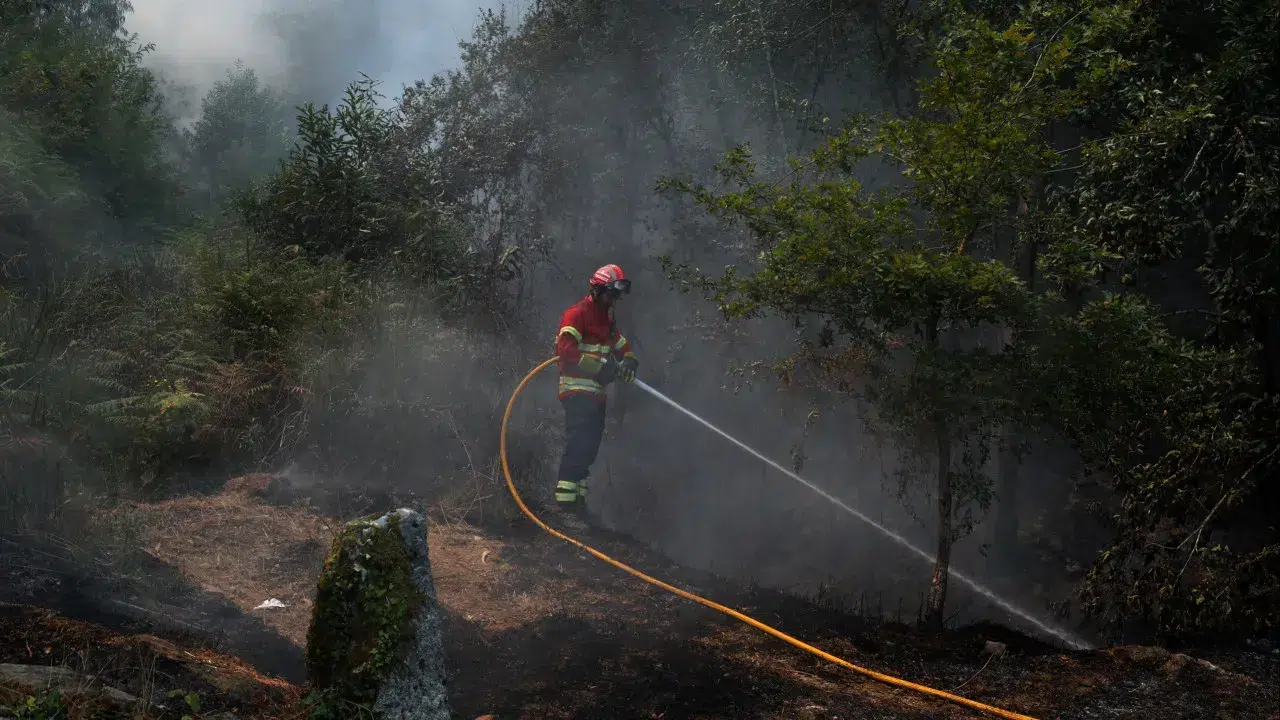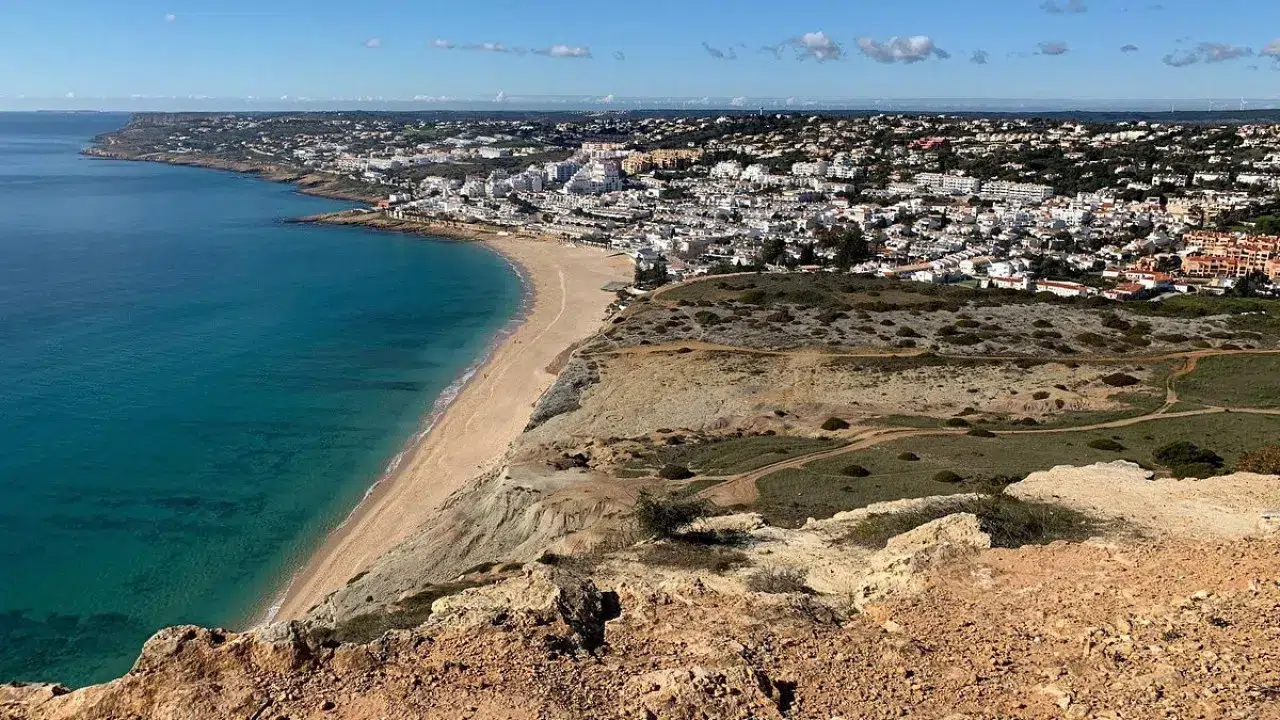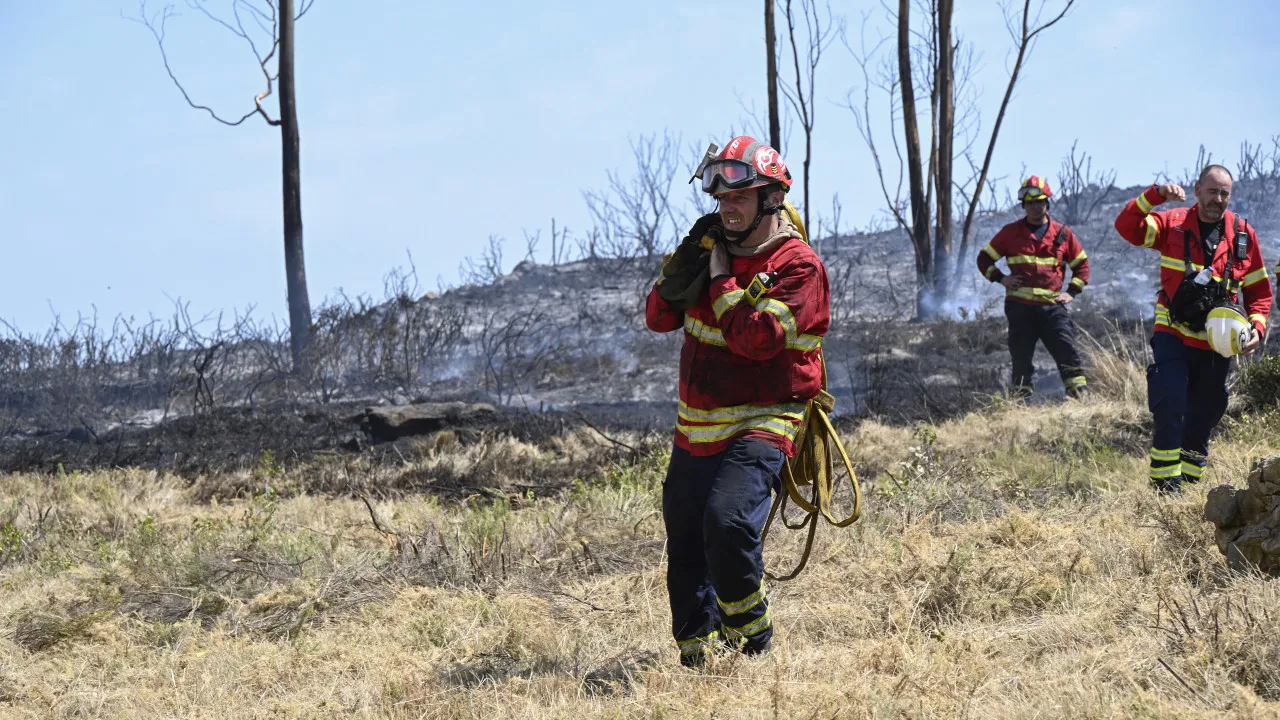
Firefighters, due to the physical and psychological demands of their professional activities, are often exposed to adverse and unpredictable conditions, requiring strong physical and mental preparation and appropriate nutrition, as noted by DGS.
The Practical Guide, published by the National Program for the Promotion of Healthy Eating (PNPAS) of DGS, offers simple dietary recommendations tailored for periods of increased physical demand, particularly focusing on fighting forest fires.
“These recommendations aim to ensure that firefighters maintain proper hydration, an adequate energy intake through regular consumption of fast-absorbing carbohydrates, while also reducing fat intake,” the guide states, which is available on the DGS website.
The health authority advises an adequate protein intake throughout the day, which should be increased during prolonged firefighting situations, and to drink water whenever possible, avoiding beverages that promote dehydration.
It also recommends the consumption of “sports drinks/gels” to ensure proper hydration and electrolyte balance.
Consuming foods rich in carbohydrates (bread, cereals, fruit), to meet energy requirements, is also part of the recommendations.
DGS emphasizes that these recommendations are specifically intended to provide “adequate performance in situations of physical and psychological stress and are not daily dietary guidelines.”
The guide also includes guidance for fire brigades, institutions, and catering establishments that provide meals to these professionals, ensuring that nutrition effectively supports their mission.
“A diet tailored to the specific needs of these moments is essential to maintain physical endurance, functional capacity, and to promote effective recovery after intense efforts, also contributing to reduce the risk of fatigue and injuries. Ensuring adequate food intake during and after incidents is therefore fundamental,” the DGS highlights.
Portugal is on alert due to the risk of fire, and in recent weeks, several fires have erupted in the north and center of the country, consuming an area of over 45,000 hectares.




